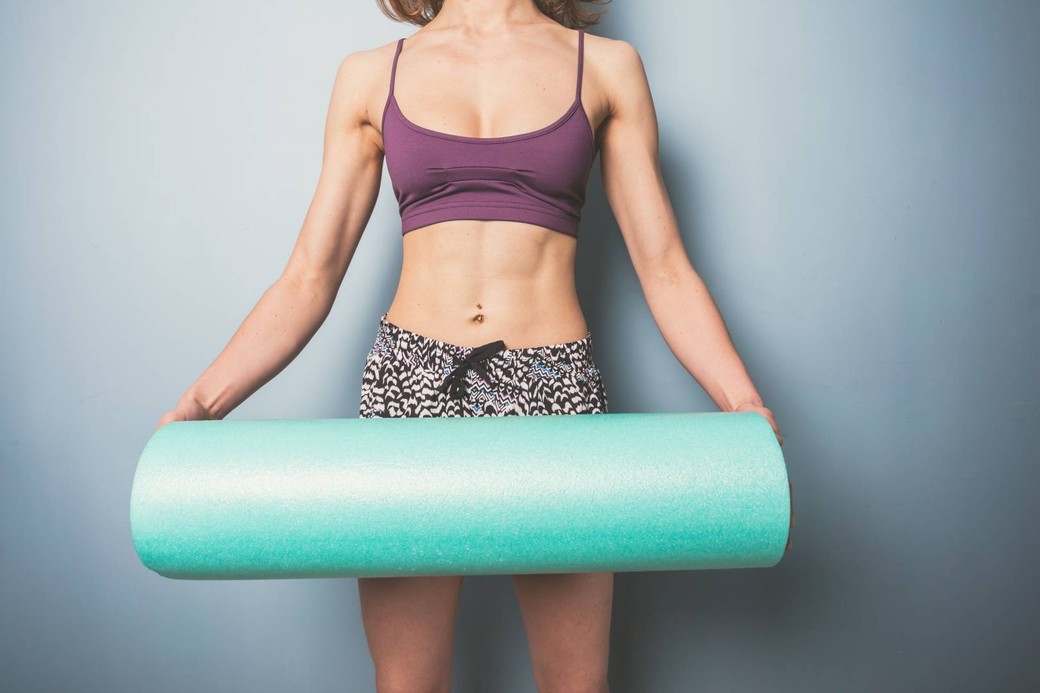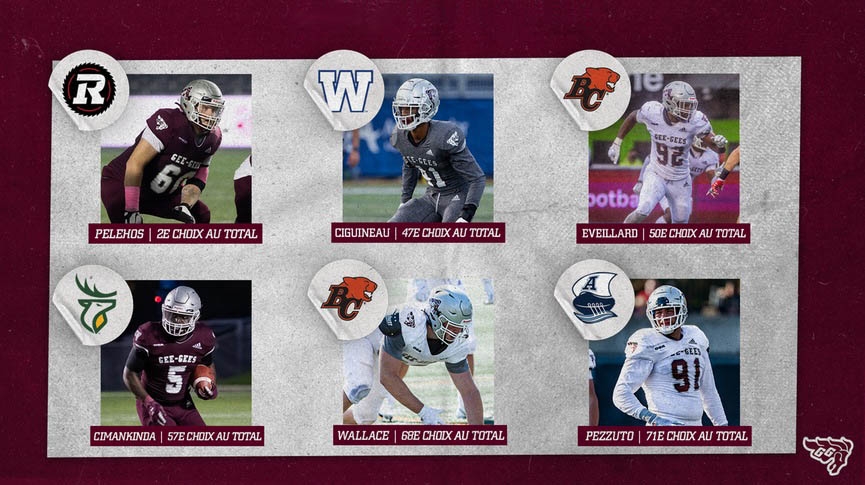
To Roll or Not to Roll? How Foam Rolling Can Help You
People have heard foam rolling is great for our bodies, but many are confused as to what it actually does. Foam rolling is a type of self-myofacial release, having similar effects on our bodies as a professional manual therapist. It can be a helpful tool for increasing flexibility, joint mobility, injury prevention and rehabilitation and can also decrease recovery time between workouts.
If you decide to use a foam roller, you will probably find a trigger point in the muscles you are focusing on. A trigger point is what most think of as a “knot.” The knots most often occur in overworked muscles but can be caused by many other factors, such as diet or co-morbidities. Each muscle is composed of several parallel muscle fibers, which are then covered in a sheath-like material called myofacia. A trigger point occurs from adhesions in this network and can result in pain and decreased muscle function. By applying pressure to your muscles with the roller, you can loosen up a trigger point, which allows oxygenated blood into the muscle, which can ultimately keep it healthy and loose.
A foam roller looks similar to a thick pool noodle and can be found for roughly $15-$20 at most sport, fitness and department stores. Many runners and athletes even use a regular kitchen rolling pin and similar effects are seen.![foamroll3[1]](http://www.ottawalife.com/wp-content/uploads-olm/2015/07/foamroll31-e1436279139325.jpg)
Foam rolling can allow you to see immediate results through increased range of motion and muscle loosening. It should be done before a workout to get your blood flowing and should also be done after a workout as a way to flush out pooled blood in exchange for fresh oxygenated blood.
Rolling is easy and can be done on large and small muscles groups. You should roll slowly in the direction of the muscle fibers. For example, to loosen up the calf muscle (which is tight on most people), start by sitting on the ground with your legs in front of you. Place one leg on the foam roller and the other leg on top of that leg. Then roll slowly for about 25 seconds towards the direction of your knee. Once you get to your knee, start all over again at the bottom of the calf. If you find any tight spots along the way, hold in that spot for a few extra seconds. With this technique, you can effectively roll out your legs, glutes, shins and even arms.
If you are very tight, you may find rolling to be uncomfortable. Discomfort is normal; however it is important to note you should never feel pain. If you are having pain, try easing up on the amount of pressure you are applying. Also, remember rolling is not a replacement for regular stretching, warming-up or cooling down, but is a great tool for maximizing your workouts and overall recovery.










